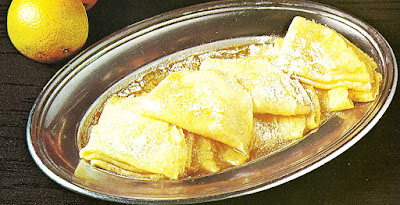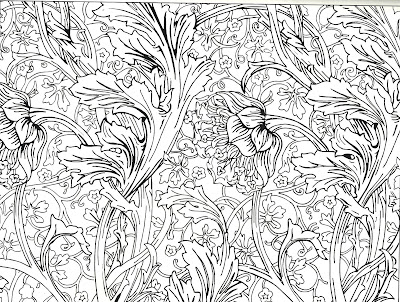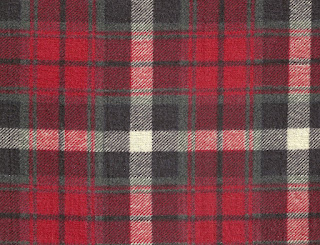Food and Textiles
As I have written many times, I love books and have quite
the collection. Of course I have my
textile books and, for nighttime reading, mysteries. I recently started
collecting old cookbooks as I find the history of food and the culinary arts
very interesting. I recently purchased
an illustrated history, which is a compilation of very old recipes. Several short recipes are supposedly from
Roman times including one for “boiled parrot”.
The recipe ends with the suggestion that if you cannot obtain parrot ( I
guess the local butcher along the Apian Way didn’t get his weekly order) you
could substitute flamingo.
While reading through these cookbooks I noticed many recipes
had names in common with textile terms.
Think “cotton candy”. Here are a
few of the many I found. Perhaps you
can think of others.
Red Flannel Hash
According to Eric
Quale (Old Cook Books, An Illustrated Histtory) the recipe was created in
Vermont’s Green Mountains and favored by the Revolutionary Green Mountain Boys. It is made from mashed, cooked beetroots and
potatoes, mixed with minced, cooked steak, butter, cream, onion and salt and
pepper.
Flannel cloth
refers to the weave used, usually a plain weave, not its fiber content. It can be made from cotton, wool and
manufactured fibers. The term “flannel”
comes from the Welsh”gwlamen”.
Chiffon Pie
Chiffon is a word
that can describe either a cake or a pie, light textured and fluffy. A professional baker invented chiffon pie in
the 1920’s, and another professional baker invented the chiffon cake in the
1940’s. According to Women’s Day
Encyclopedia of Cookery, the pie chef’s mother was taken with the dessert named
it “chiffon” as it reminded her of a pile of the fluffy fabric. For lemon chiffon pie, one would need a
baked pie crust, unflavored gelatin salt, sugar, water, lemon juice and grated
lemon peel, eggs and whipped heavy cream.
Chiffon fabric,
originally made of silk but, today it can be made from manufactured fibers as
well as silk and rayon. Highly twisted
yarn in plain weave produces a transparent, fine fabric which is durable
despite its delicate hand.
Chantilly Cream
Chantilly refers
to fresh whipped cream with the addition of egg white and flavoring. It is more
stable than whipped cream and maintains consistency for 24 hours.
Chantilly lace
is a bobbin lace from Chantilly, France and was a favorite of royalty. It was originally made of black silk , but
also famous for white silk “blonde”
Black lace was extremely popular during the ‘mourning period” of Queen
Victoria and during the American Civil War..
 |
| Shawl of black Chantilly lace |
Crepe is French for a very thin, delicate pancake
sweet or savory, plain or stuffed. The
recipe calls for eggs, butter, milk, sugar, salt and flour. A crepe is almost always made from white
flour (crepe de froment) but can also be made from buckwheat (galette )
Galettes are nearly always served s a main course, not as a dessert.
(.David Lebovitz, My Paris Kitchen)
 |
| crepe suzettes |
Crepe fabric is
woven in plain weave from yarn which has been twisted in extreme degree under
tension, giving the fabric a wavy appearance.
The fiber may be wool, cotton, silk or manufactured.
Red Velvet Cake
Anne Byrn, author
of The Cake Doctor, searched the origin of this dessert with somewhat mixed
results. One source traced the recipe
to the Waldorf- Astoria Hotel in NYC in the 1930’s. However, it seems as if the Waldorf chef was only responding to
requests of diners, finally asking one of the callers to send him the recipe. Basically, the cake is a chocolate ( or
German- chocolate cake) to which a bottle of red food coloring has been added
to the batter. The food coloring adds
no flavor but a certain dramatic flair.
It has been noted that there are versions of this dessert in green and
orange!
Velvet fabric - Perhaps originating
in Italy during the Reanissance, velvet is a plie fabric which can be woven
from a wide variety of fibers. There
are two methods of construction. One
method involves cutting wires inserted in the weft. The wires cut the pile as they are withdrawn. A more common method is the creation of a
double cloth with separate pile threads joining the two layers. After weaving, the pile threads. are cut.









